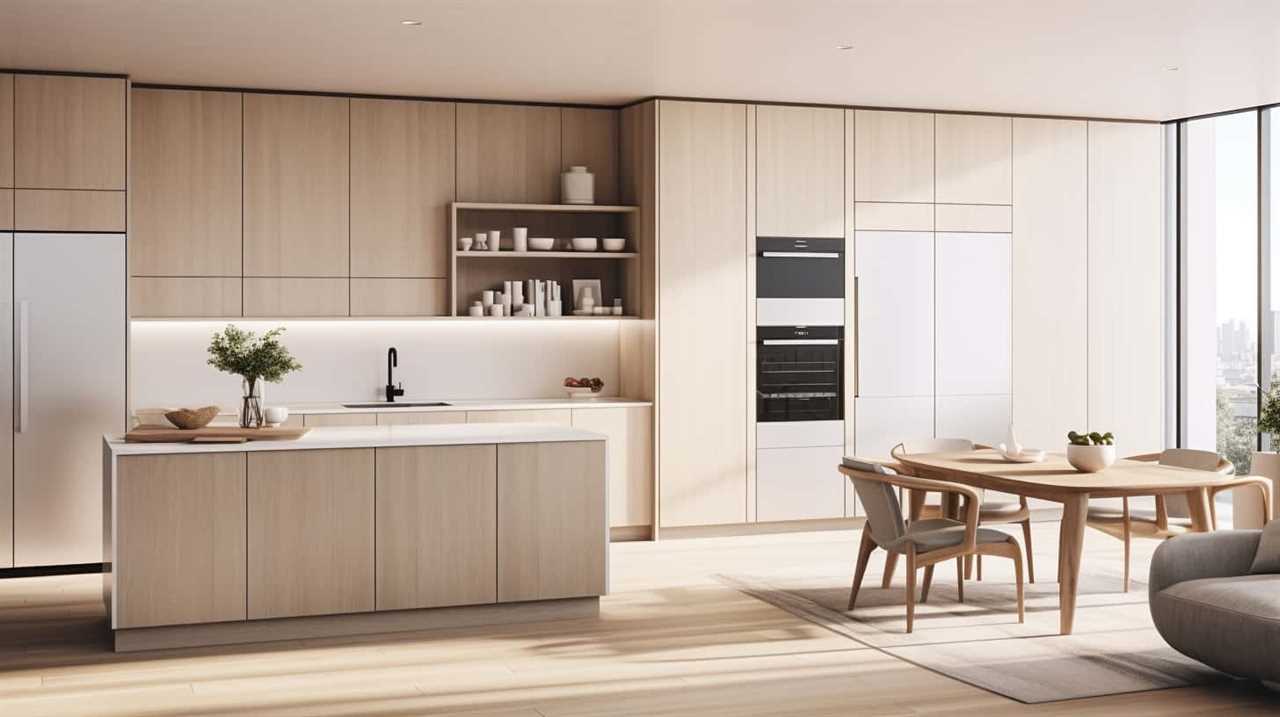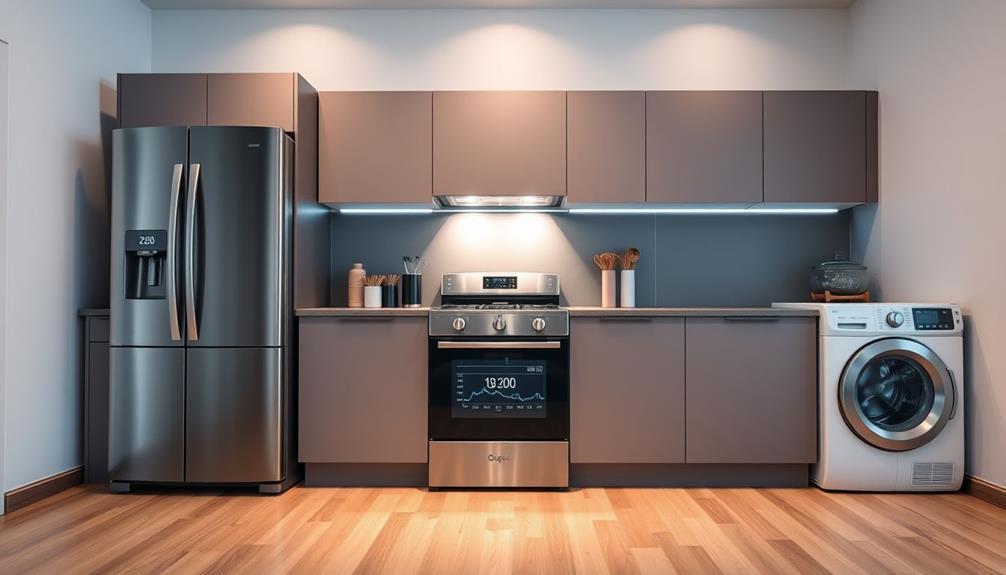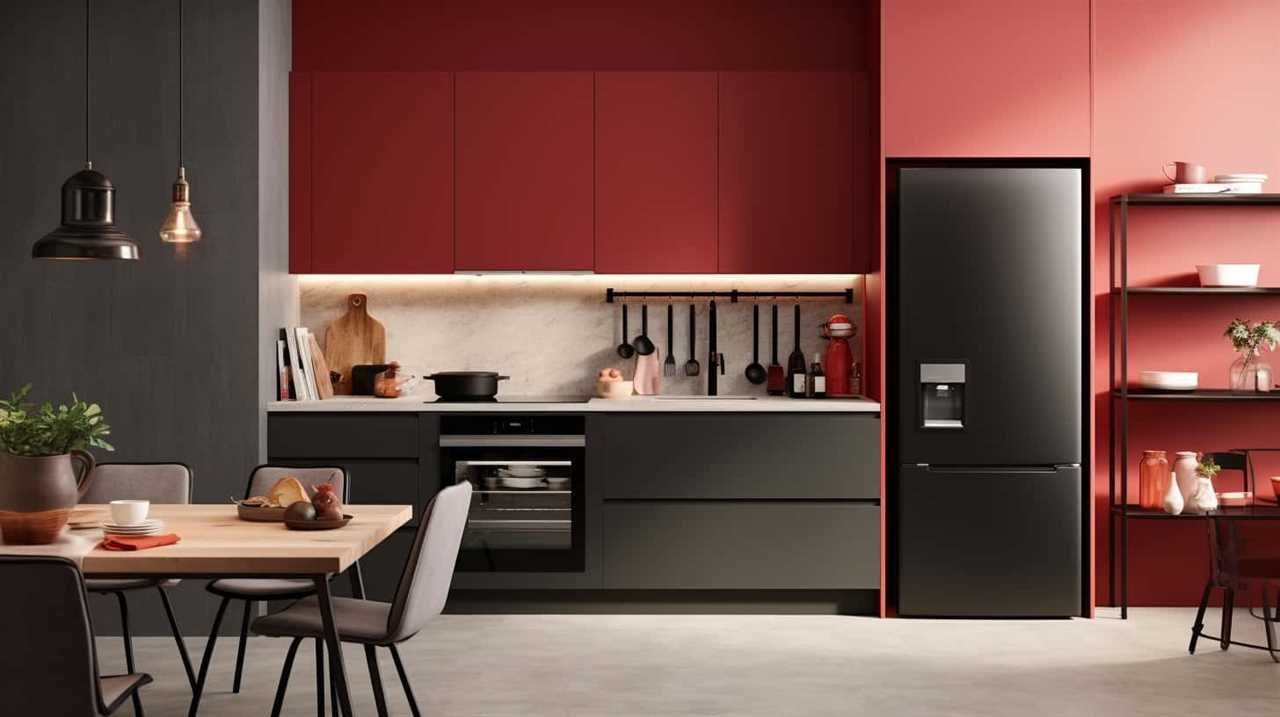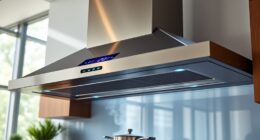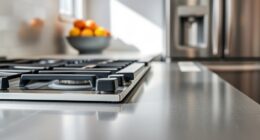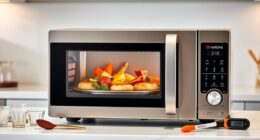In the realm of electrical power usage, understanding the capacity and limitations of a single socket is essential. This knowledge ensures the safe and efficient operation of multiple appliances simultaneously.
The number of appliances that can be plugged into a single socket depends on various factors, including the type of appliances and their power requirements, as well as the concept of amps and volts.
This guide aims to provide mastery-level insights on how to determine the appropriate usage of a single socket and avoid overloading it. Additionally, it will cover important safety precautions that should be followed when dealing with electrical appliances.
By adhering to these guidelines, individuals can optimize the functionality of their appliances while prioritizing safety.

Key Takeaways
- Each socket has a specific amperage rating that determines its maximum electrical load capacity.
- Exceeding the socket’s capacity can lead to overheating and fire hazards.
- Distribute the load evenly among multiple sockets to prevent overloading.
- Understanding power requirements helps determine the number of appliances that can be safely connected.
Socket Capacity and Limitations
Socket capacity and limitations can vary depending on the type of socket and the electrical load it can handle. When it comes to electrical wiring, it is crucial to understand the capabilities of a socket to prevent overloading and potential hazards.
Each socket has a specific amperage rating that dictates the maximum electrical load it can safely handle. Exceeding this limit can cause the socket to overheat, leading to a fire risk.
Additionally, it is essential to consider power surge protection when using multiple appliances in a single socket. Power surges can damage appliances and pose a safety risk.
Using surge protectors or installing dedicated circuits can help safeguard against power surges and prevent damage to both the socket and connected appliances.

Understanding Electrical Load and Power Consumption
To ensure safe power usage and prevent overload, it is crucial to understand electrical load and power consumption.
This involves determining the wattage of each appliance and the capacity of the socket.
Safe Power Usage
When it comes to safe power usage, it is crucial to have a thorough understanding of electrical load and power consumption. Safely using appliances requires knowledge of the capacity of the socket and the power consumption of each device.
Here are some key points to keep in mind:
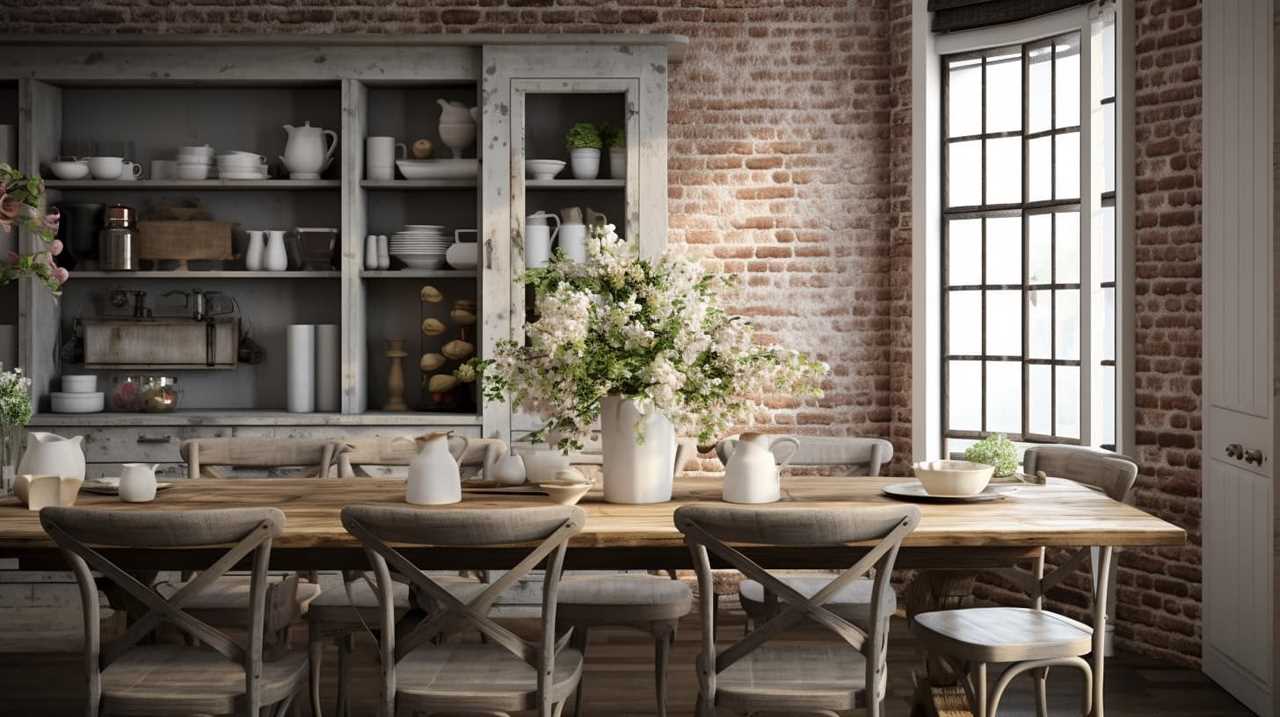
- Socket capacity: Each socket has a specific capacity that determines the maximum amount of power it can handle. Exceeding this capacity can lead to overheating, electrical fires, or damage to the appliances.
- Power consumption: Different appliances have varying power requirements. It is important to know the power consumption of each device to ensure that the total load on the socket does not surpass its capacity.
- Proper distribution: Distribute the load evenly among multiple sockets to prevent overloading a single one.
Understanding electrical load and power consumption is the first step towards safe power usage. Now let’s delve into the topic of wattage and capacity to further enhance our understanding.
Wattage and Capacity
Understanding electrical load and power consumption requires a frequent assessment of the wattage and capacity of appliances.
The wattage of an appliance refers to the amount of power it consumes while in operation. It is crucial to know the wattage of appliances to determine if they can safely be plugged into a single socket.
Each socket has a specific wattage rating, which indicates the maximum amount of power it can handle. Exceeding the socket wattage can lead to overheating, tripped circuits, or even electrical fires.

Electrical capacity refers to the overall power supply capacity of a building or circuit. It is essential to consider the electrical capacity when determining the number of appliances that can be safely used.
Types of Appliances and Their Power Requirements
The power requirements of different types of appliances vary significantly. Understanding the power requirements of each appliance is essential to ensure proper usage and prevent electrical overloads. Here are some key points to consider:
- High-Powered Appliances: Appliances like refrigerators, air conditioners, and washing machines typically have higher power requirements due to their heavy-duty functions.
- Low-Powered Appliances: Devices such as lamps, televisions, and computers usually have lower power requirements compared to high-powered appliances.
- Variable Power Appliances: Certain appliances, like microwave ovens and hairdryers, have variable power requirements depending on their settings or usage.
Knowing the power requirements of different types of appliances helps users determine how many devices can be safely connected to a single socket without exceeding its capacity. This knowledge ensures efficient and safe use of electrical resources.
The Concept of Amps and Volts
Before we can determine how many appliances can be safely plugged into a single socket, it is important to understand the concept of amps and volts.
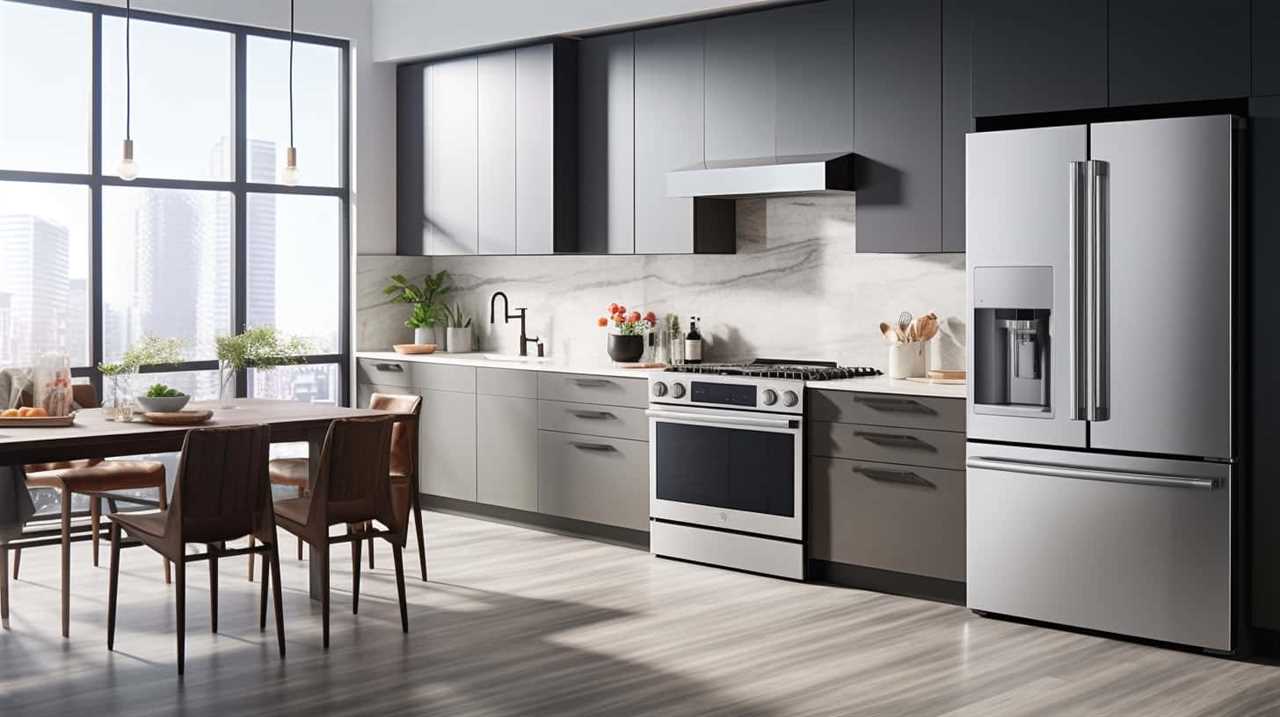
Amps, short for amperes, measure the flow of electrical current, while volts measure the force or pressure behind that current.
Balancing voltage and amperage is crucial to ensure safety and prevent overloaded circuits, which can lead to electrical fires.
Understanding Electrical Current
When considering how many appliances can be safely plugged into a single socket, it is important to have a clear understanding of the concept of amps and volts. Here are three key points to help you grasp the concept:
- Understanding electrical resistance: Electrical resistance refers to the opposition to the flow of electric current. It is measured in ohms (Ω) and determines how much current can flow through a circuit.
- Calculating electrical load: The electrical load is the total power consumed by all connected appliances. It is calculated by multiplying the voltage (in volts) by the current (in amps) flowing through the circuit.
- Amps and volts: Amps (amperes) measure the amount of electric current flowing through a circuit, while volts measure the electrical pressure or potential difference. These two units are essential in determining the capability of a circuit to handle the load.
Understanding these concepts is crucial for ensuring the safety and efficiency of your electrical system.
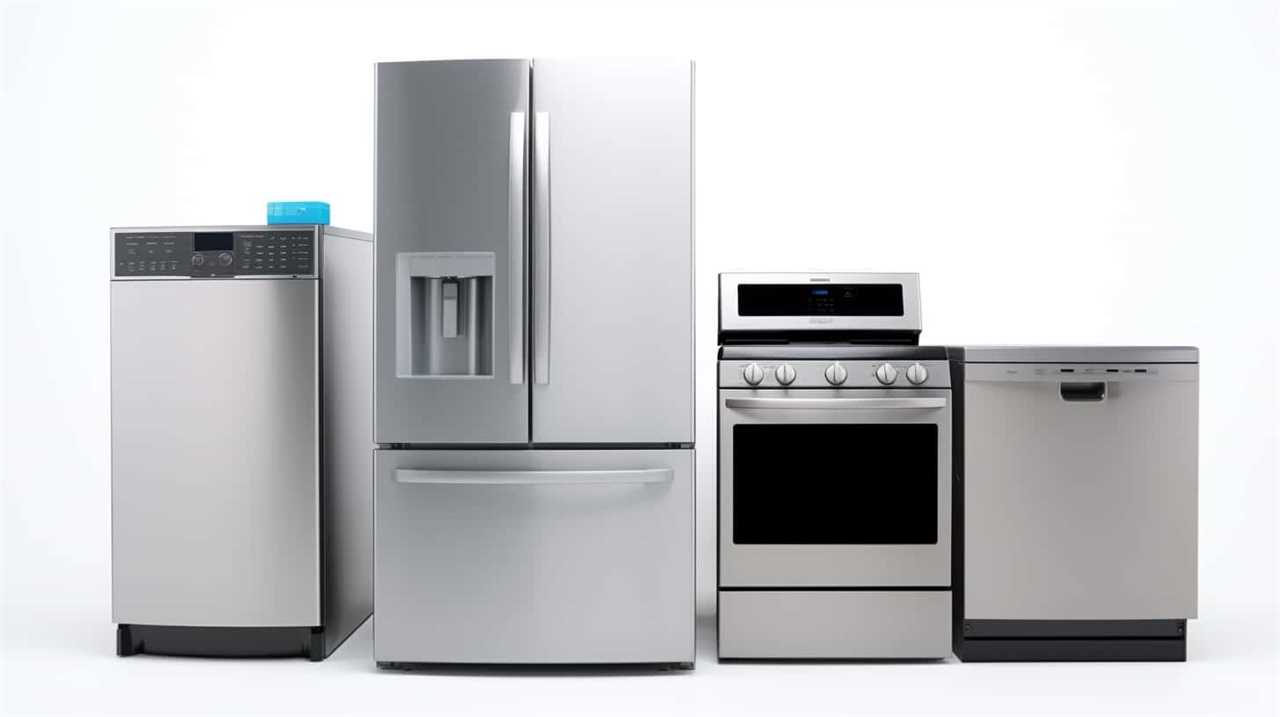
Now, let’s dive into the next section, where we’ll explore power limitations and safety.
Power Limitations and Safety
To ensure the safety and efficiency of your electrical system, it is essential to understand the power limitations and safety considerations related to the concept of amps and volts.
Overloading a socket can have severe consequences, including the risk of electrical fires. Amps, short for amperes, represent the rate at which electric current flows through a circuit. Volts, on the other hand, measure the electrical pressure or force that drives the current.
When too many appliances are plugged into a single socket, the total amperage drawn can exceed the socket’s capacity, leading to overheating and potential fire hazards. It is crucial to be aware of the maximum amperage rating of your sockets and distribute the load across multiple sockets or use power strips with built-in circuit breakers to prevent socket overloading and mitigate electrical fire risks.

Balancing Voltage and Amperage
Understanding the relationship between voltage and amperage is crucial for maintaining a balanced electrical system. Balancing power consumption and electrical load management are essential to prevent overload and ensure the longevity of electrical appliances. Here are three key points to consider:
- Voltage (V): Voltage is the force that pushes electricity through a circuit. It determines the potential energy available to power appliances.
- Amperage (A): Amperage refers to the amount of current flowing through a circuit. It measures the rate at which electricity passes through a particular point.
- Power (W): Power is the product of voltage and amperage, measured in watts. It quantifies the energy consumption of an electrical device.
To effectively balance voltage and amperage, it is important to consider factors such as the electrical capacity of the socket, the power requirements of the appliances, and the overall electrical load.
Factors to Consider When Determining Socket Usage
One important factor to consider when determining socket usage is the number of electrical appliances that need to be connected simultaneously. Overloading a socket by plugging in too many appliances can lead to socket overload risks, such as overheating and potential fire hazards. Proper power distribution is crucial to ensure the safe operation of electrical appliances.
When determining socket usage, it is essential to consider the power requirements of each appliance and ensure that the total power demand does not exceed the socket’s maximum capacity. This can be done by checking the amperage rating of the socket and comparing it to the combined power consumption of the appliances.

Tips for Avoiding Overloading a Single Socket
When it comes to avoiding overloading a single socket, it is important to practice proper power distribution and consider the power requirements of each appliance connected. To help you prevent any electrical mishaps and ensure the safety of your appliances, here are some tips to keep in mind:
- Choosing the right power strip: Invest in a power strip that is capable of handling the wattage of your appliances. Look for one with a high amp rating and surge protection to avoid any potential damage.
- Avoiding daisy chaining appliances: Do not connect multiple power strips together or plug one power strip into another. This can lead to excessive current flow and increase the risk of overheating or fire.
- Distribute the load evenly: Spread out your appliances across different sockets and power strips to distribute the electrical load evenly and prevent overloading.
By following these tips, you can ensure that your appliances are connected safely and avoid overloading a single socket. Taking these precautions will also help you maintain the longevity of your electrical devices.
Now let’s move on to discussing some important safety precautions for electrical appliances.
Safety Precautions for Electrical Appliances
To ensure the safe operation of electrical appliances, it is essential to implement proper safety precautions.

One of the most important precautions is protecting appliances from power surges. Power surges can occur due to lightning strikes, faulty wiring, or sudden changes in the electrical grid. These surges can damage appliances by overwhelming their circuits, leading to malfunctions or even complete failure.
To safeguard against power surges, it is advisable to use surge protectors or install whole-house surge protection systems.
Additionally, it is crucial to be aware of the electrical fire risk associated with appliances. Electrical fires can result from faulty wiring, overheating, or misuse of appliances.
Regularly inspecting electrical cords, outlets, and appliances for any signs of damage or wear can help prevent such fires. It is also important to follow manufacturer guidelines for appliance use and maintenance to minimize the risk of electrical fires.
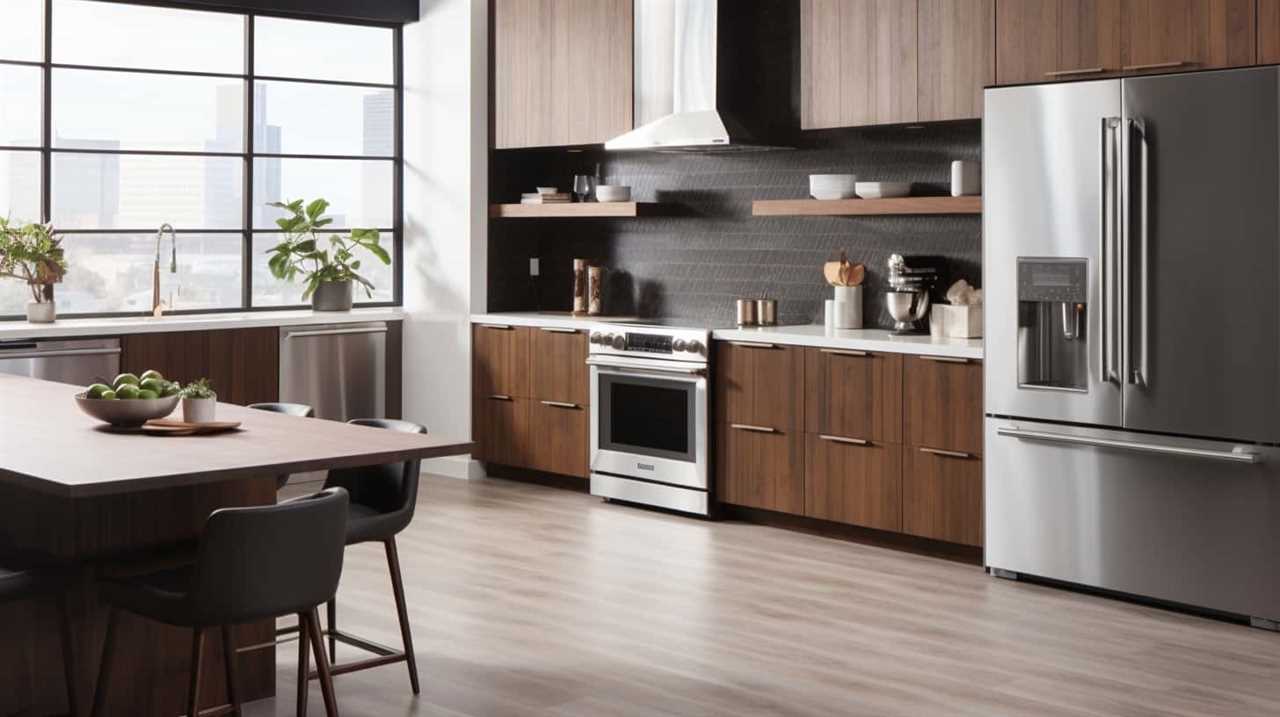
Frequently Asked Questions
Can I Plug in Multiple Extension Cords Into a Single Socket to Connect More Appliances?
When connecting multiple appliances to a single socket, it is recommended to use a power strip rather than individual extension cords. Using multiple extension cords can increase the risk of overloading the socket and causing electrical hazards.
How Can I Calculate the Total Power Consumption of My Appliances to Avoid Overloading a Single Socket?
Calculating power consumption is crucial for ensuring electrical safety. By adding up the wattage of each appliance, you can determine if a single socket can handle the load. Overloading a socket can lead to power outages or even fire hazards.
Are There Any Specific Appliances That Should Never Be Plugged Into the Same Socket?
There are specific appliances that should never be plugged into the same socket due to the potential dangers of overloading. It is important to avoid plugging together high-powered appliances, such as refrigerators or air conditioners, with other devices to prevent electrical hazards.
Can Using Power Strips or Surge Protectors Help Prevent Overloading a Single Socket?
Using power strips or surge protectors can help prevent overloading a single socket by distributing the electrical load among multiple outlets. This can ensure the safety of appliances and reduce the risk of electrical hazards.

Is It Safe to Leave Appliances Plugged in When Not in Use?
It is not safe to leave appliances plugged in when not in use due to potential fire hazards and unnecessary energy consumption. This practice can increase costs and pose risks to property and personal safety.
Conclusion
In conclusion, understanding the capacity and limitations of a single socket is crucial in ensuring the safe and efficient use of electrical appliances.
By considering factors such as electrical load, power consumption, and the types of appliances being used, one can avoid overloading a single socket.
Following safety precautions and being aware of the concept of amps and volts further enhances the overall electrical safety.

By adhering to these guidelines, individuals can make informed decisions regarding the number of appliances that can be safely plugged into a single socket.
